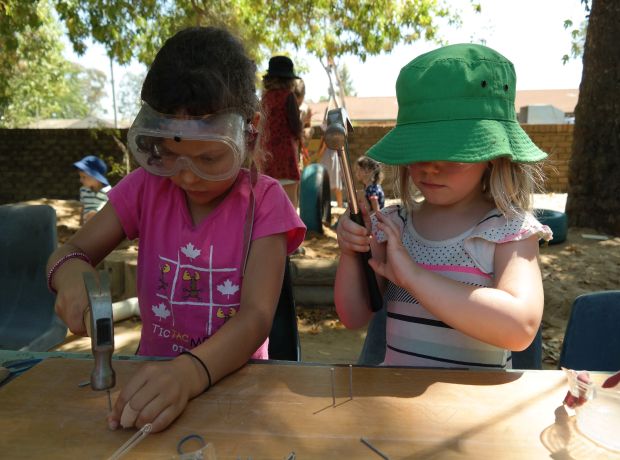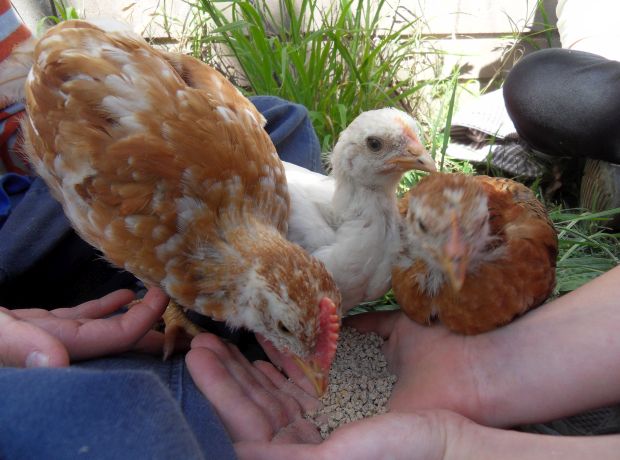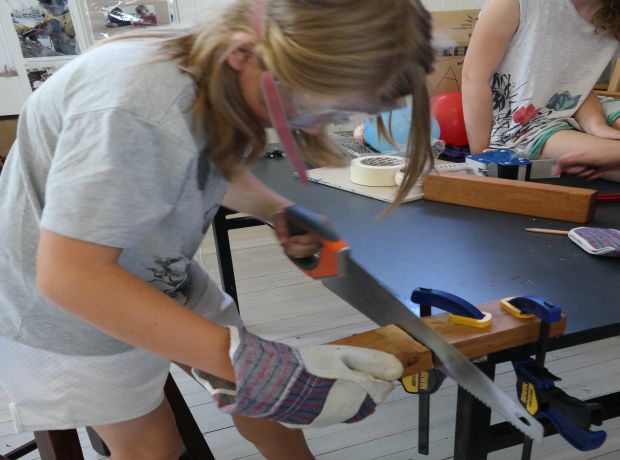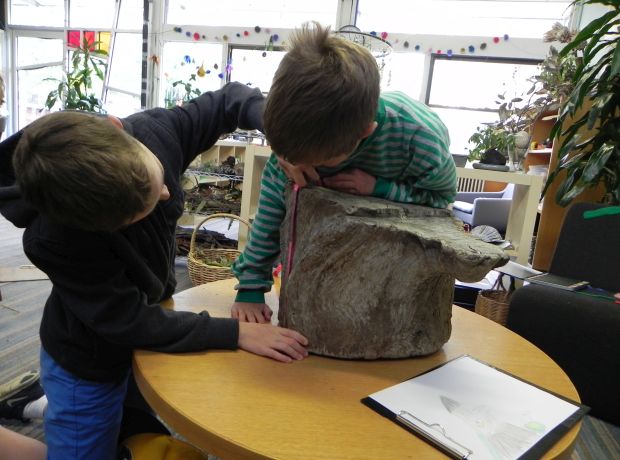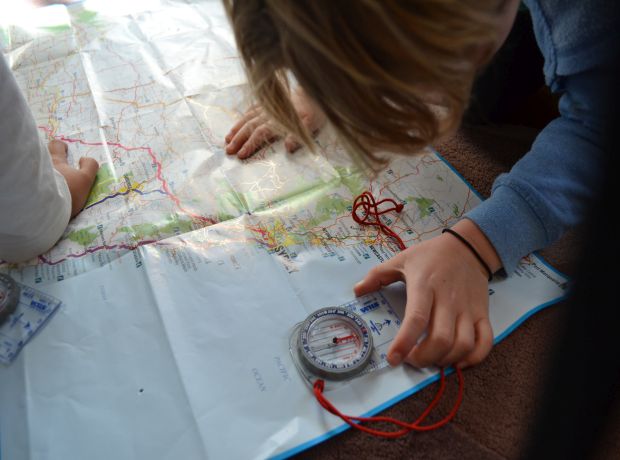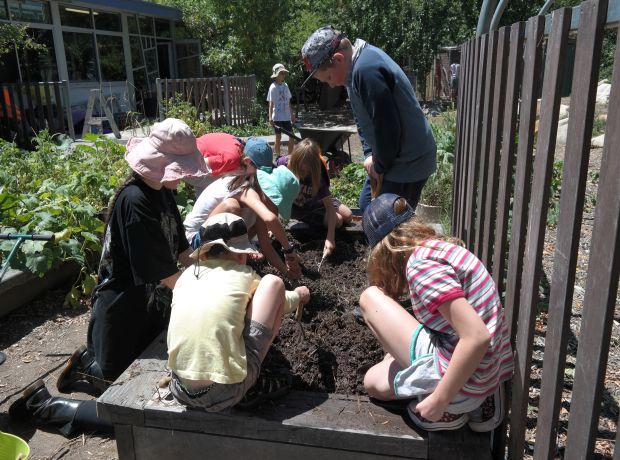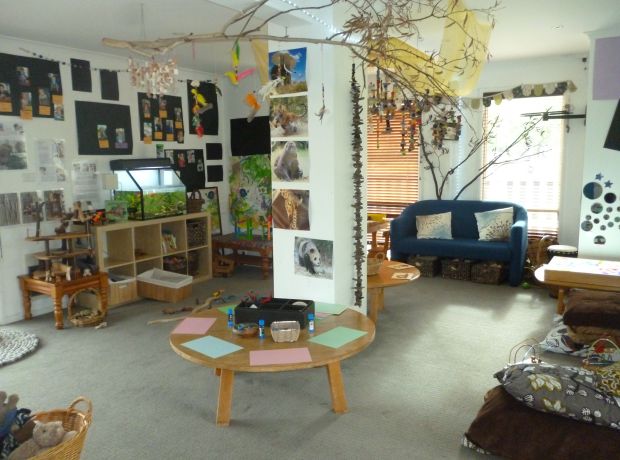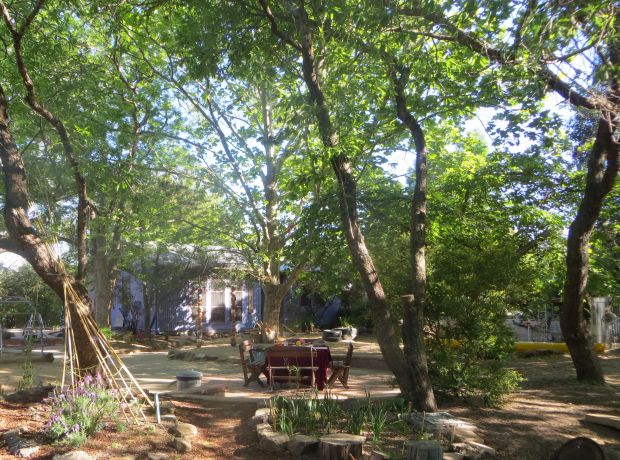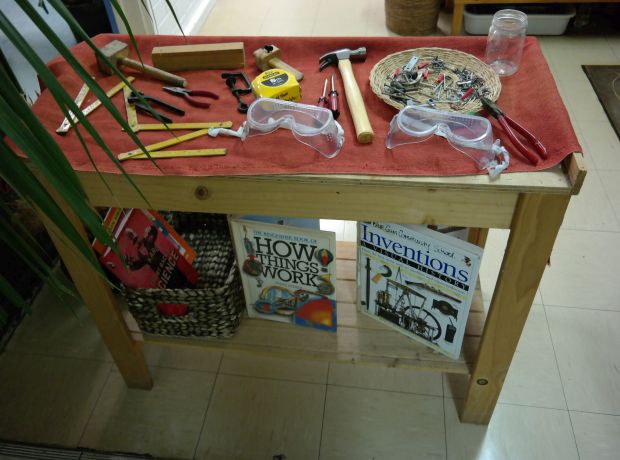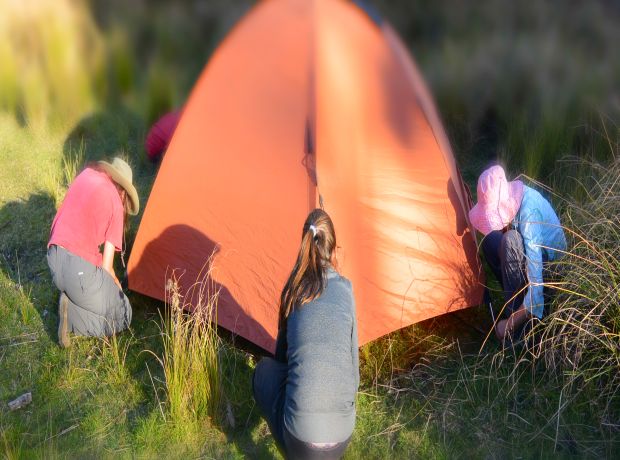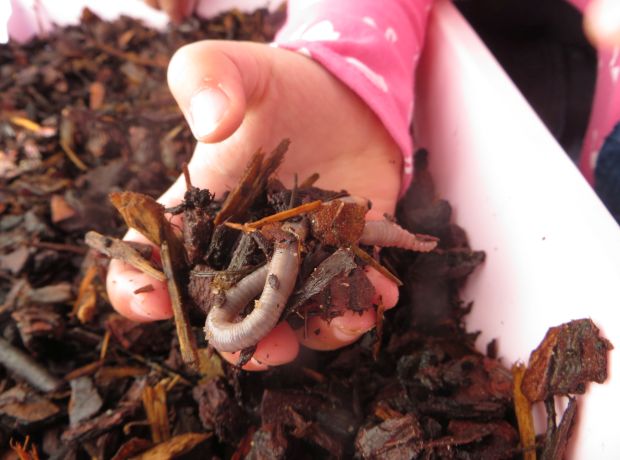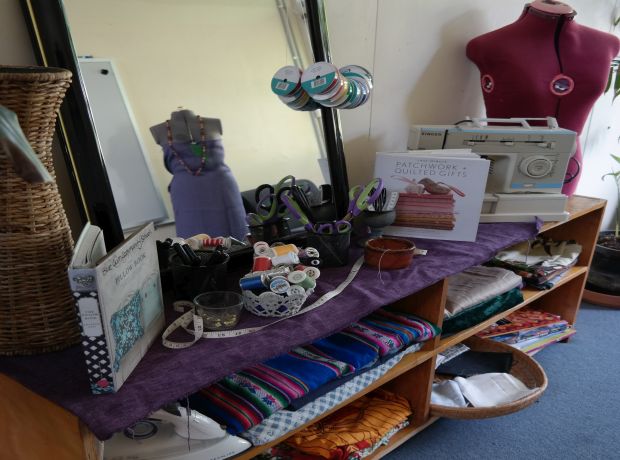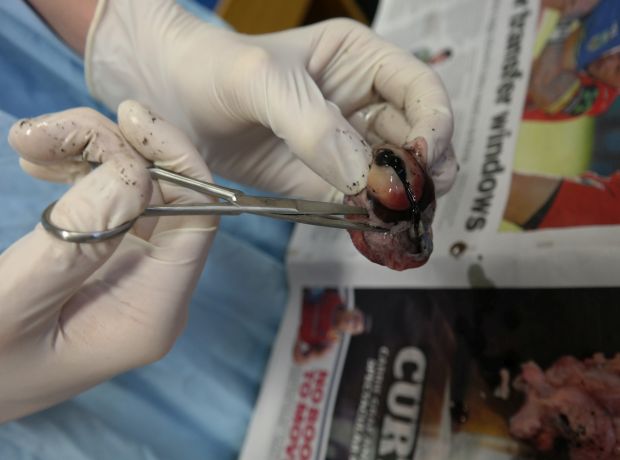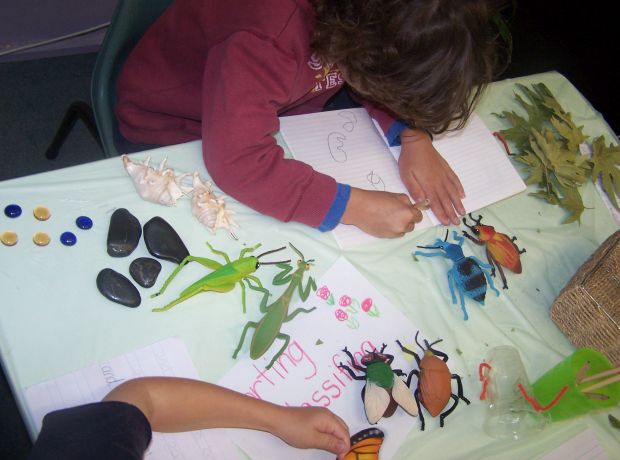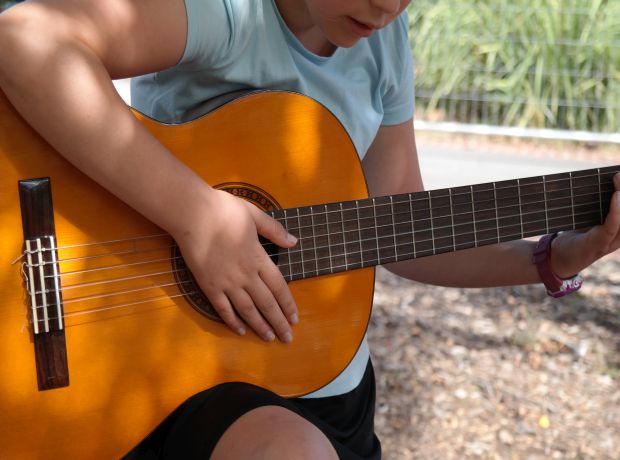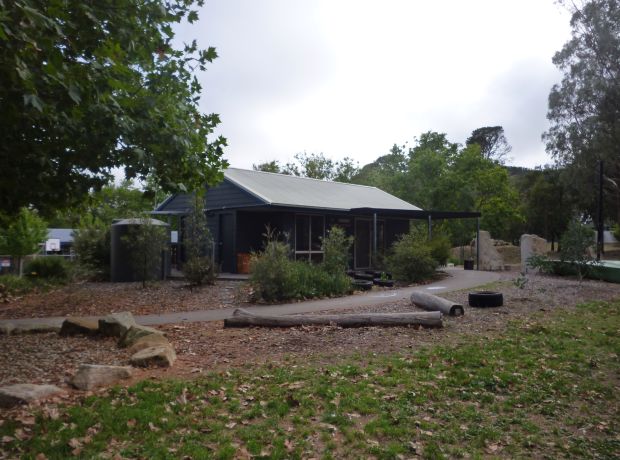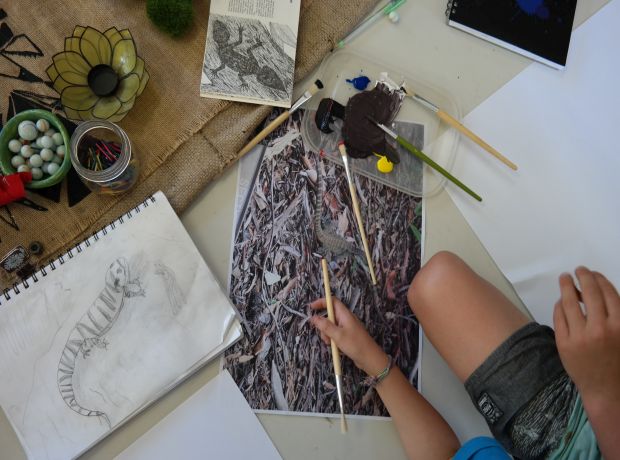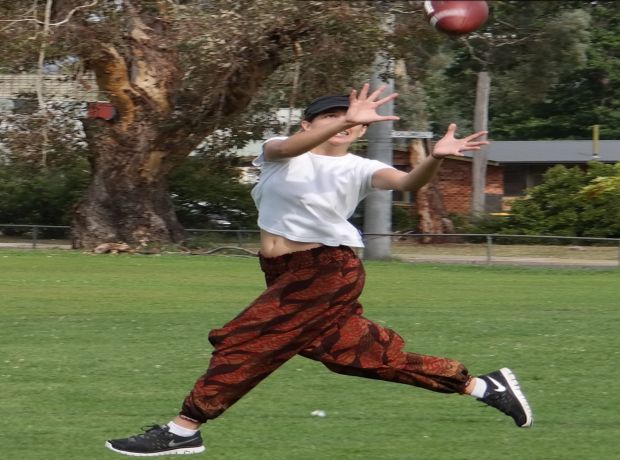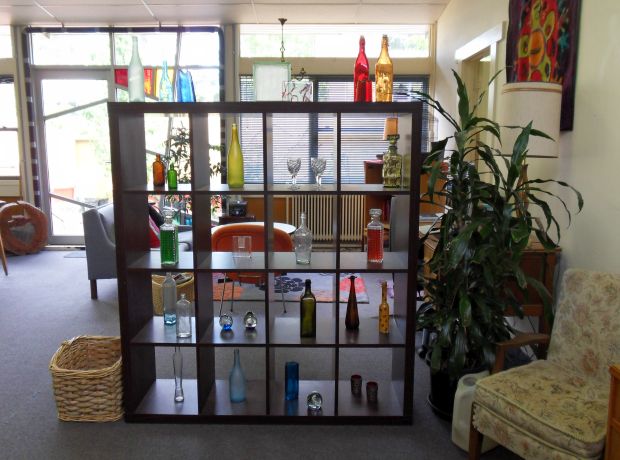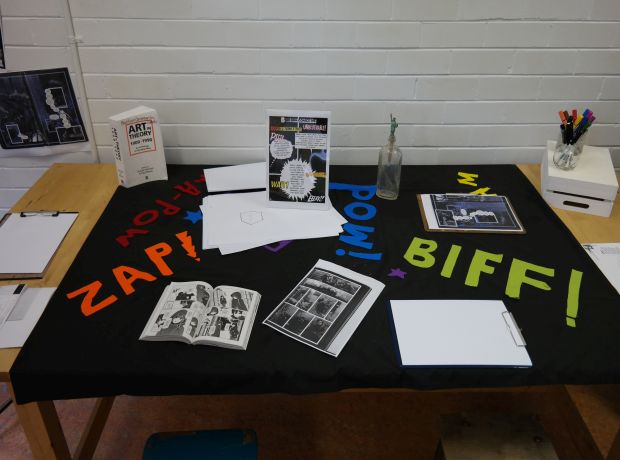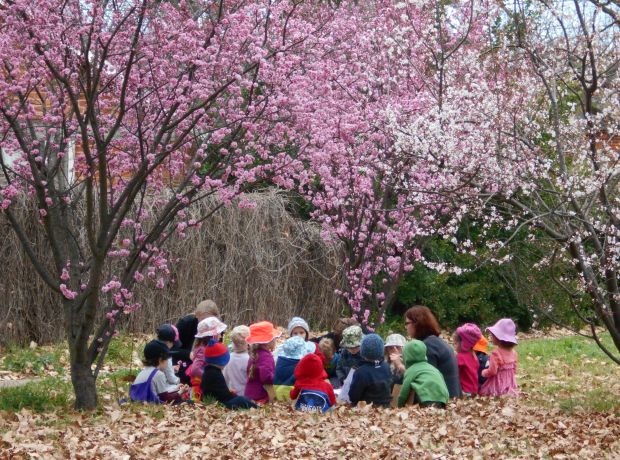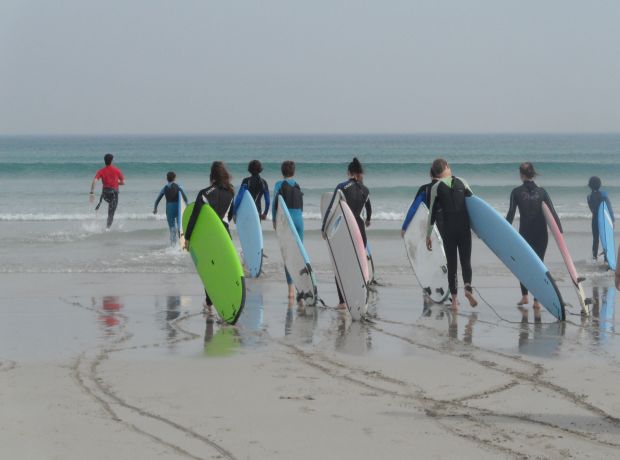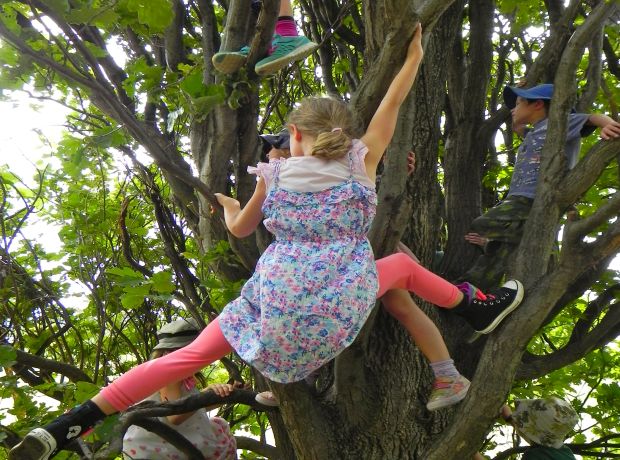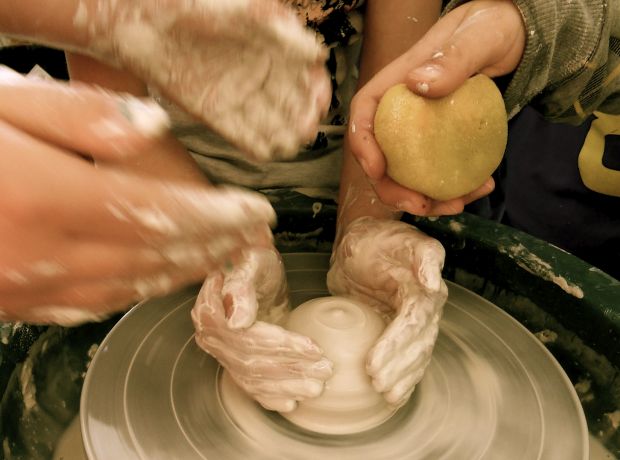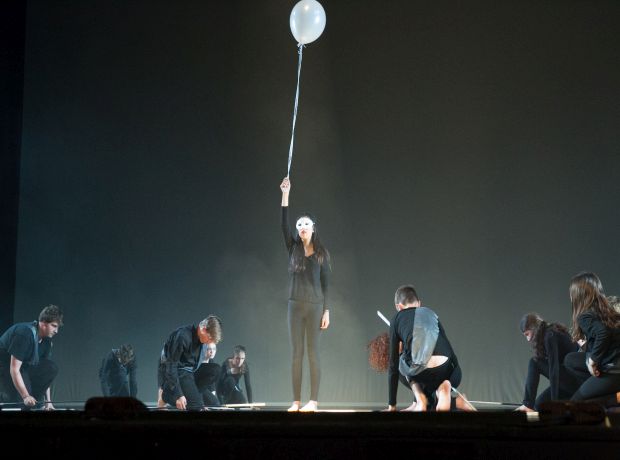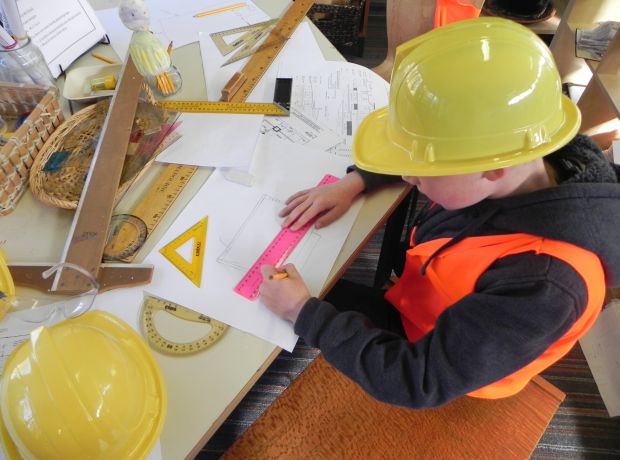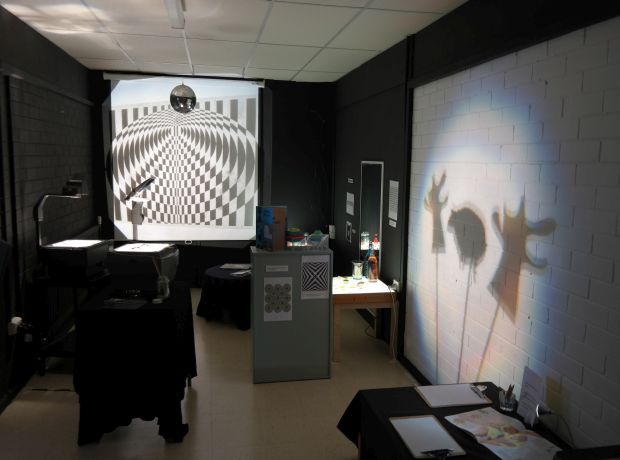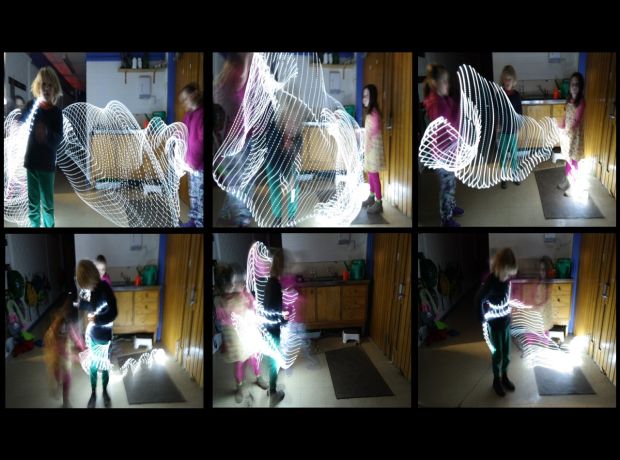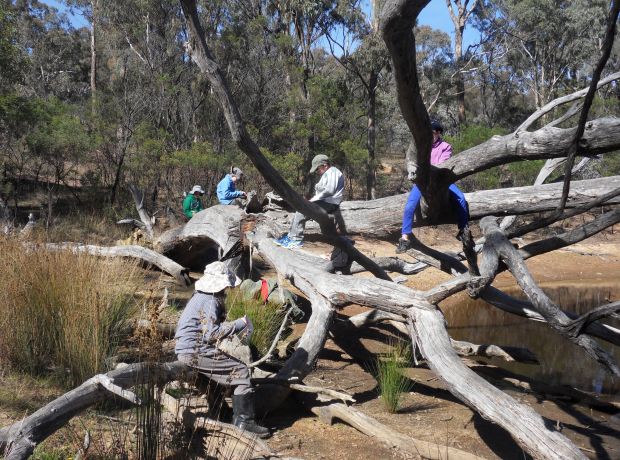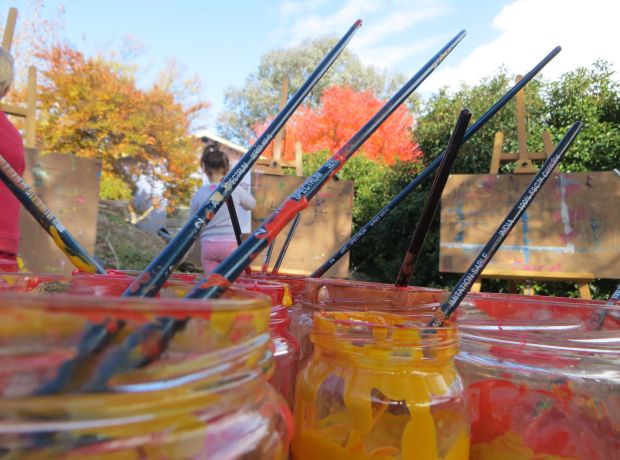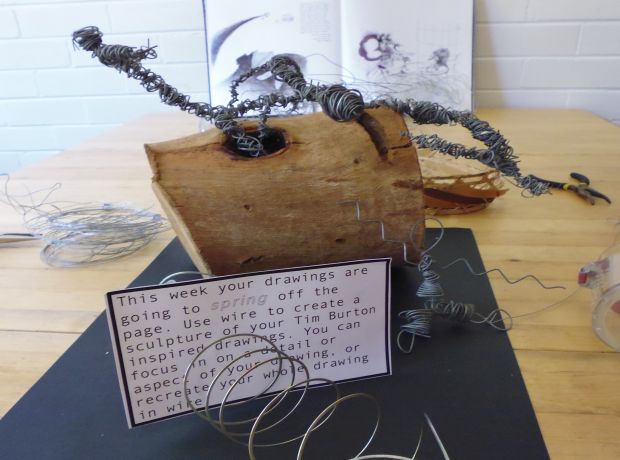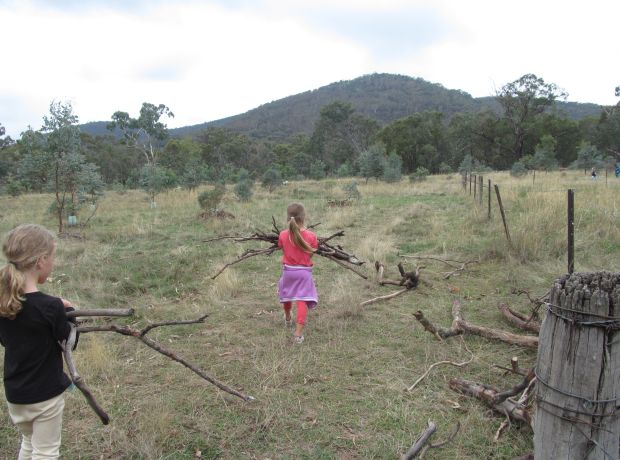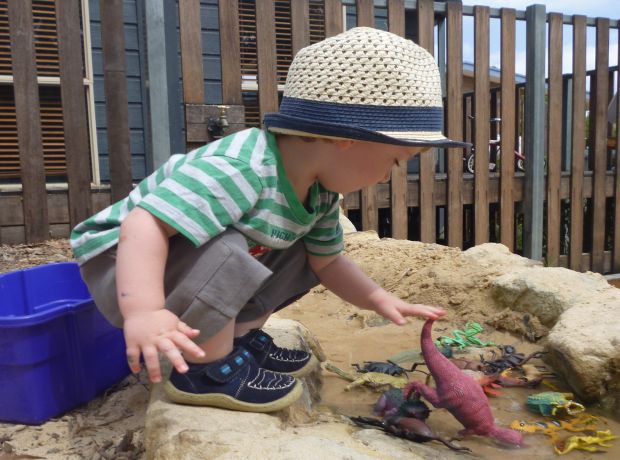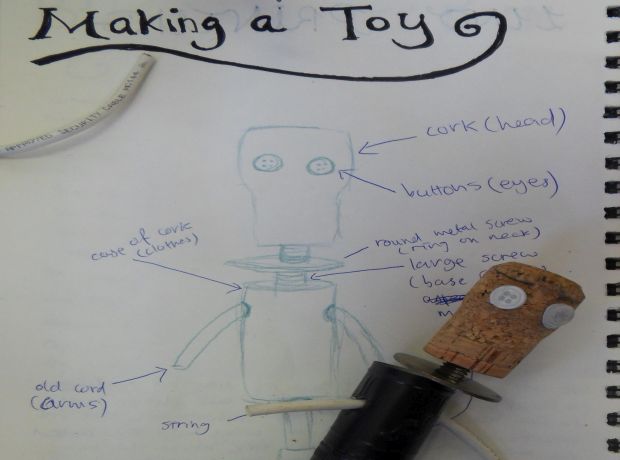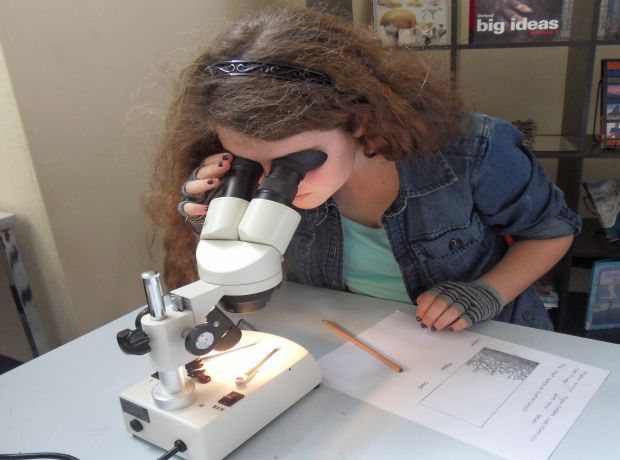A strong ‘image of the student’* guides the educational approach at Blue Gum Community School. Students are seen as – COMPETENT, CAPABLE, CREATIVE, RESPONSIBLE, RESOURCEFUL & RESILIENT.
What follows from this ‘image of the student’?
Because educators see students as COMPETENT, they treat them with respect because of what students can do. The language used when working with students reflects this (e.g. it is unacceptable for educators to shout at students, or to humiliate or belittle them in front of their peers). The activities offered are meaningful and have a sense of purpose, using real tools and involving real skills. The environment is challenging, so that students’ skills/competencies can be tested and improved.
Because educators see students as CAPABLE, they give students lots of opportunities to make decisions about matters affecting their lives, and to initiate and plan activities, then weigh up the options available and make choices. Educators do not expect students to keep checking with them that what they are doing is OK; students are invited to make that judgment themselves.
Because educators see students as CREATIVE, they expect students to generate new ideas and forms of expression, and do not limit them to copying and reproducing other people’s ideas. Educators encourage students to hypothesize and then test out their theories, so that their lateral as well as their logical thinking skills develop. Students are exposed to a wide range of media (‘the hundred languages of children”*) e.g. clay, wood, wire, paper, charcoal, paint, music, drama etc through which they can explore ideas.
Because educators see students as RESPONSIBLE, they expect students to weigh up each situation they encounter and to make choices about how to respond, including accepting and dealing with the consequences of the choices they make. Students cannot expect others to know instinctively what they are thinking and feeling; instead they accept responsibility for communicating their thoughts and feelings to others, including constructively challenging behaviours they find unacceptable. Educators facilitate this process, but do not take over control; the educator’s role is to ‘model’ ways in which students can assert their feelings, needs and concerns in a responsible way. By learning self-discipline, students develop strategies for handling new and different situations, and are not reliant on external authority figures for maintaining good order.
Because educators see students as RESOURCEFUL, they expect students to bring a wealth of understandings, experiences and personal resources to contribute to the program. The educator’s role is to validate and explore the richness of each student’s resources (directly with them and within the group context), while at the same time challenging and extending their understandings and experiences.
Because educators see students as RESILIENT, they know that students can handle difficult situations and develop resilience through the process. Students’ ability to bounce back from the ‘slings and arrows of misfortune’ is strengthened through being given time to respond at their own pace in a supportive environment. The goal is to equip students to handle the ups and downs of life, so that they don’t fall apart or run away at the slightest setback, but persevere to find a solution.
These beliefs provide a yardstick against which educators assess practice, alongside social justice principles – access (e.g. non-selective entry); equity (e.g. customised, strengths-based teaching/learning); participation (e.g. collaborative); and equality (e.g. inclusion for all). Educators are constantly reflecting on practice and considering different and/or more effective ‘ways of doing’.
(* The concepts of the ‘image of the student/child’ and ‘the hundred languages of children’ emerged from the Reggio Emilia schools, Italy.)


